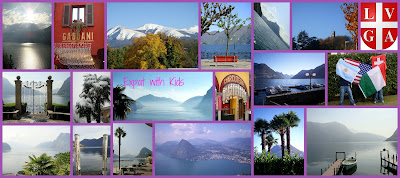Switzerland owes its rich culinary heritage to its great many regional specialities. Many traditional dishes have their roots in Switzerland’s farming culture.
- Around 400 different Swiss products, such as “Gruyère” (cheese), “Longeole” (a sausage from Geneva) and “Basler Läckerli” (biscuits) are officially recognised as part of Switzerland’s culinary heritage.
- The Swiss eat the most chocolate in the world, consuming close to 11kg of chocolate, per person, per year.
- Switzerland has over 450 different cheeses.
- The Swiss consume 21.5kg of cheese per person, per year.
- There are more than 1,680 artisan bakeries in Switzerland.
- Switzerland has a huge assortment of sausages and dried meat specialities, which vary from region to region: “La Longeole” in Geneva and the “Saucisson Vaudois”, the “St. Galler Bratwurst” (veal frying sausage), “Jura boudin à la crème“ (blood sausage ), “Bündnerfleisch”, and “mortadella di fegato” (liver mortadella) from Ticino, to name but a few.
- Around 200 grape varieties are grown in Switzerland. 40 of these are indigenous varieties.
- Valais is the largest wine-making region. Over 50 different grape varieties are grown there.
- Absinthe, a plant-based spirit, was banned in Switzerland following a popular initiative in 1908. The ban was lifted in 2005.
- Many homes in Switzerland use the powdered seasoning “Aromat”, which was invented by Knorr in 1952. In 1908 Maggi created its now famous and extremely popular stock cubes.
- “Cenovis”, a spread made from yeast, carrot and onion extract, was launched in 1931. “Parfait”, another popular Swiss speciality, has been around since 1942.
- “Ovomaltine”, which was invented in 1865, is a milk-flavouring product made from malted barley, skimmed milk and cocoa.
- “Rivella” is a carbonated soft drink made from milk serum. It was launched in the 1950s.
- “Ricola” is a boiled sweet made from a blend of 13 herbs and has been manufactured since 1940.


No comments:
Post a Comment